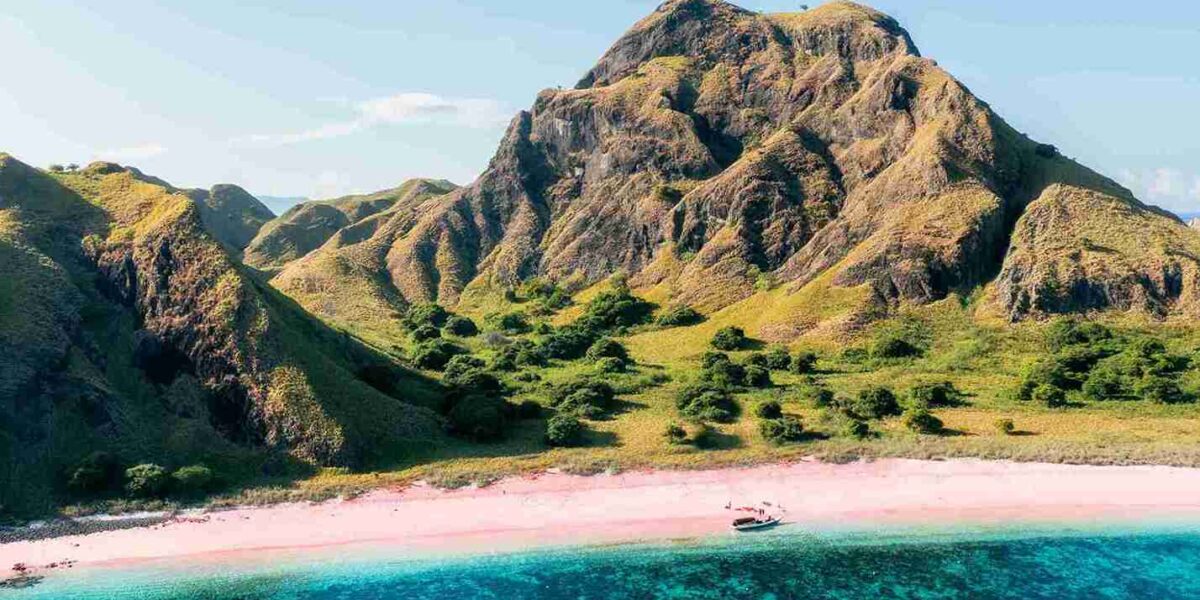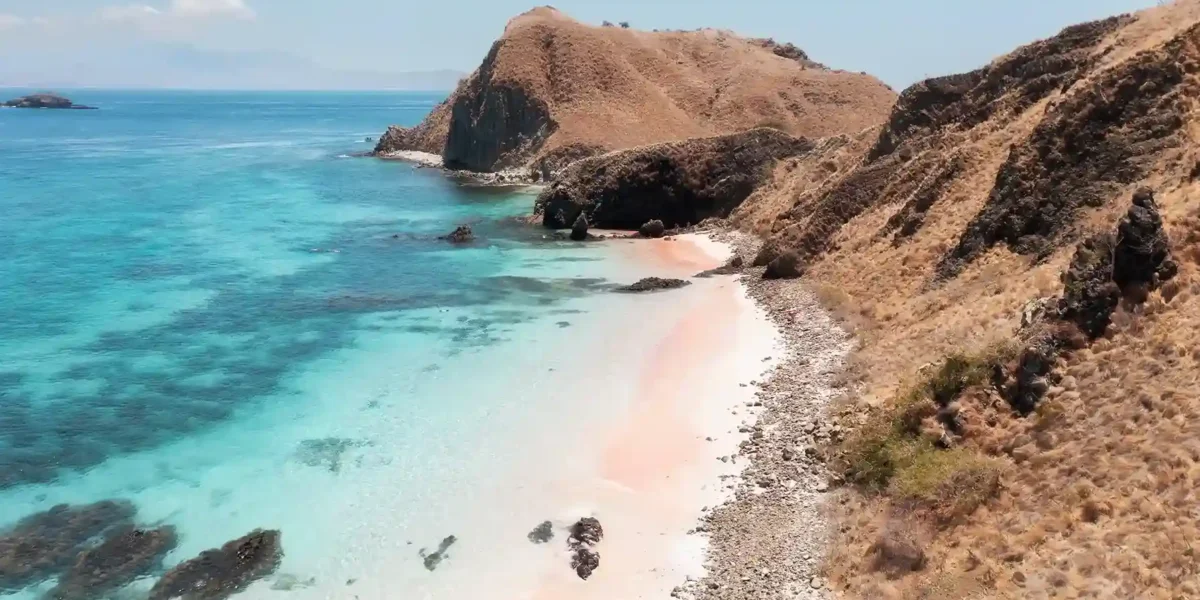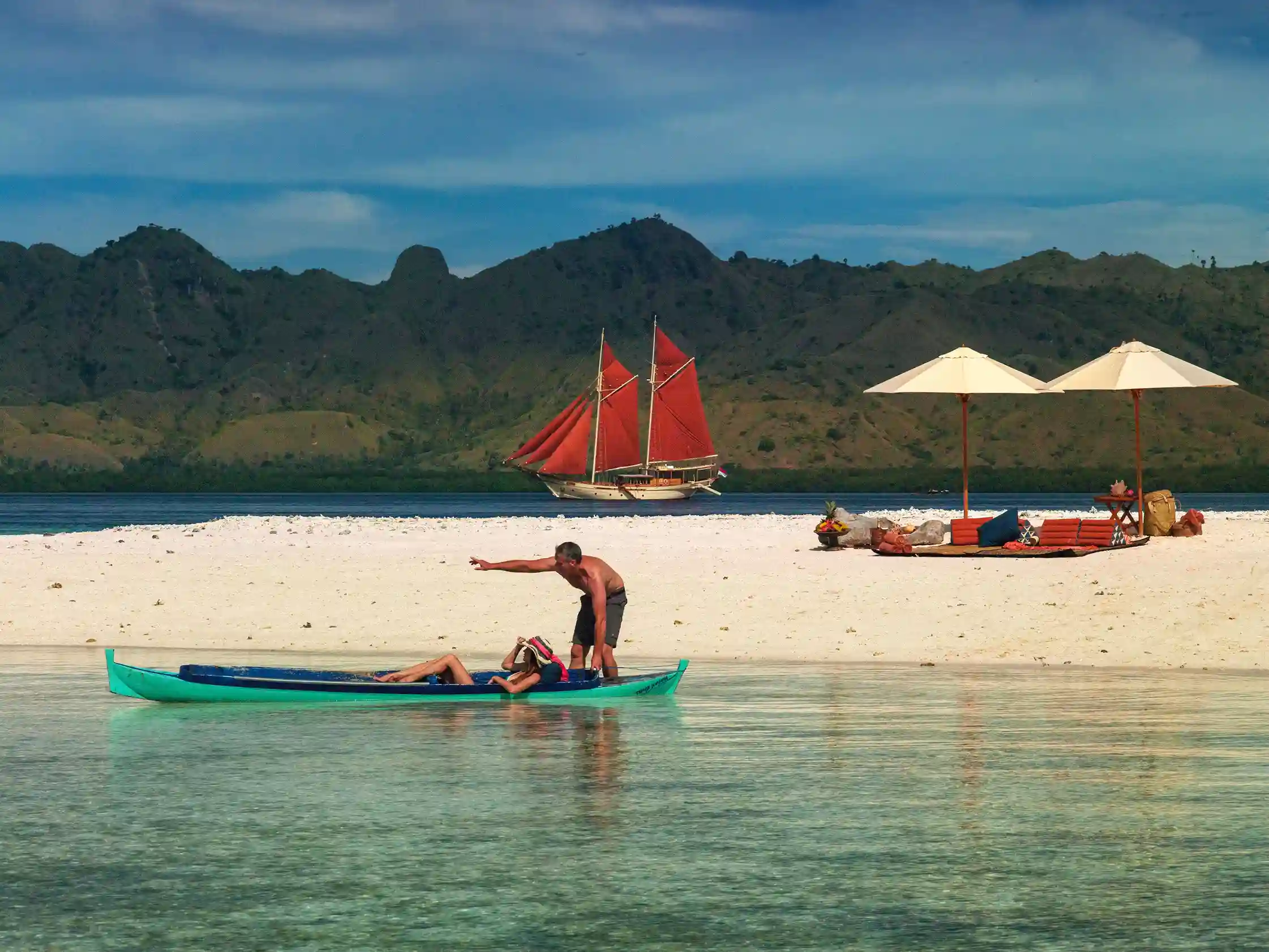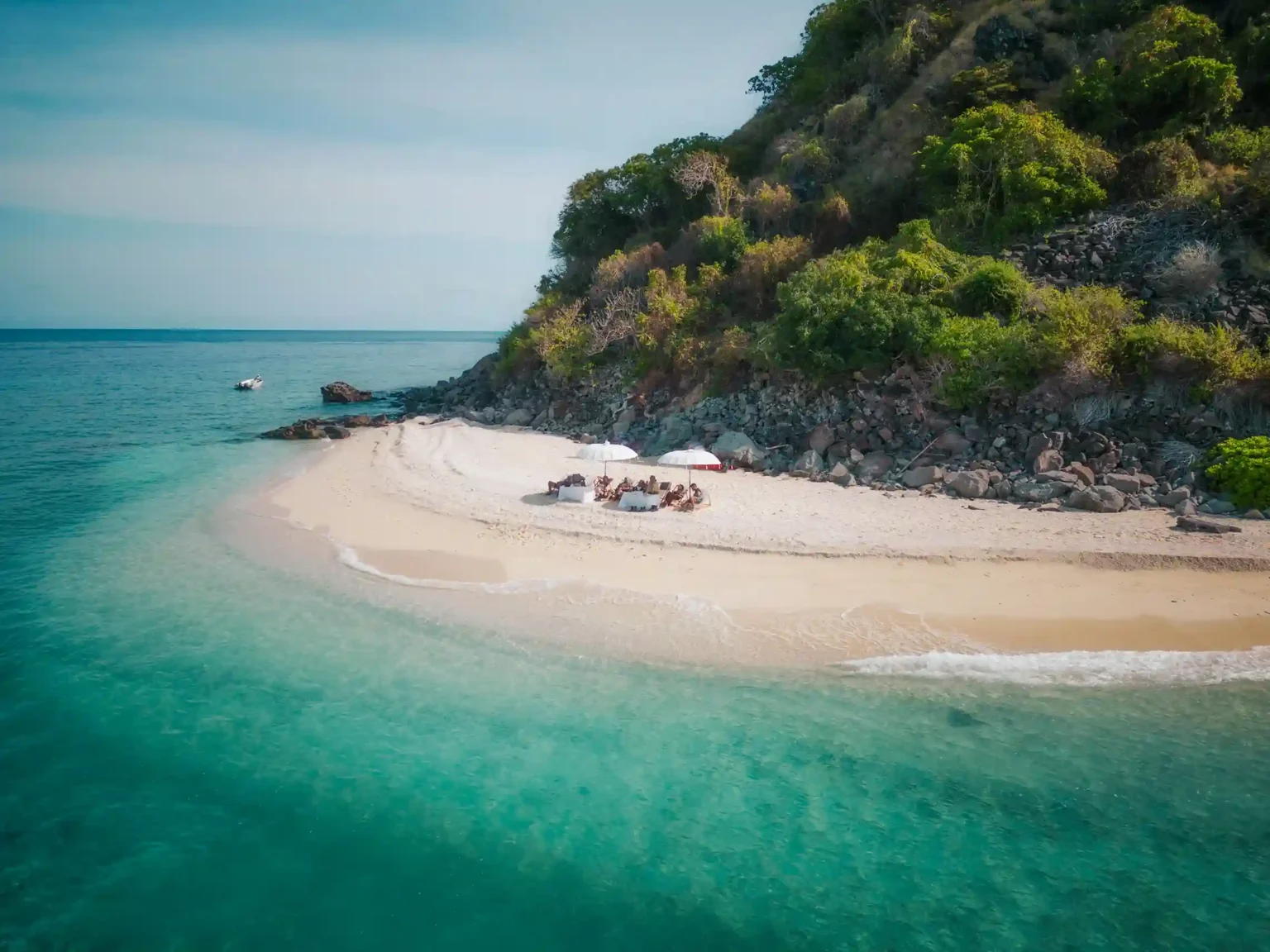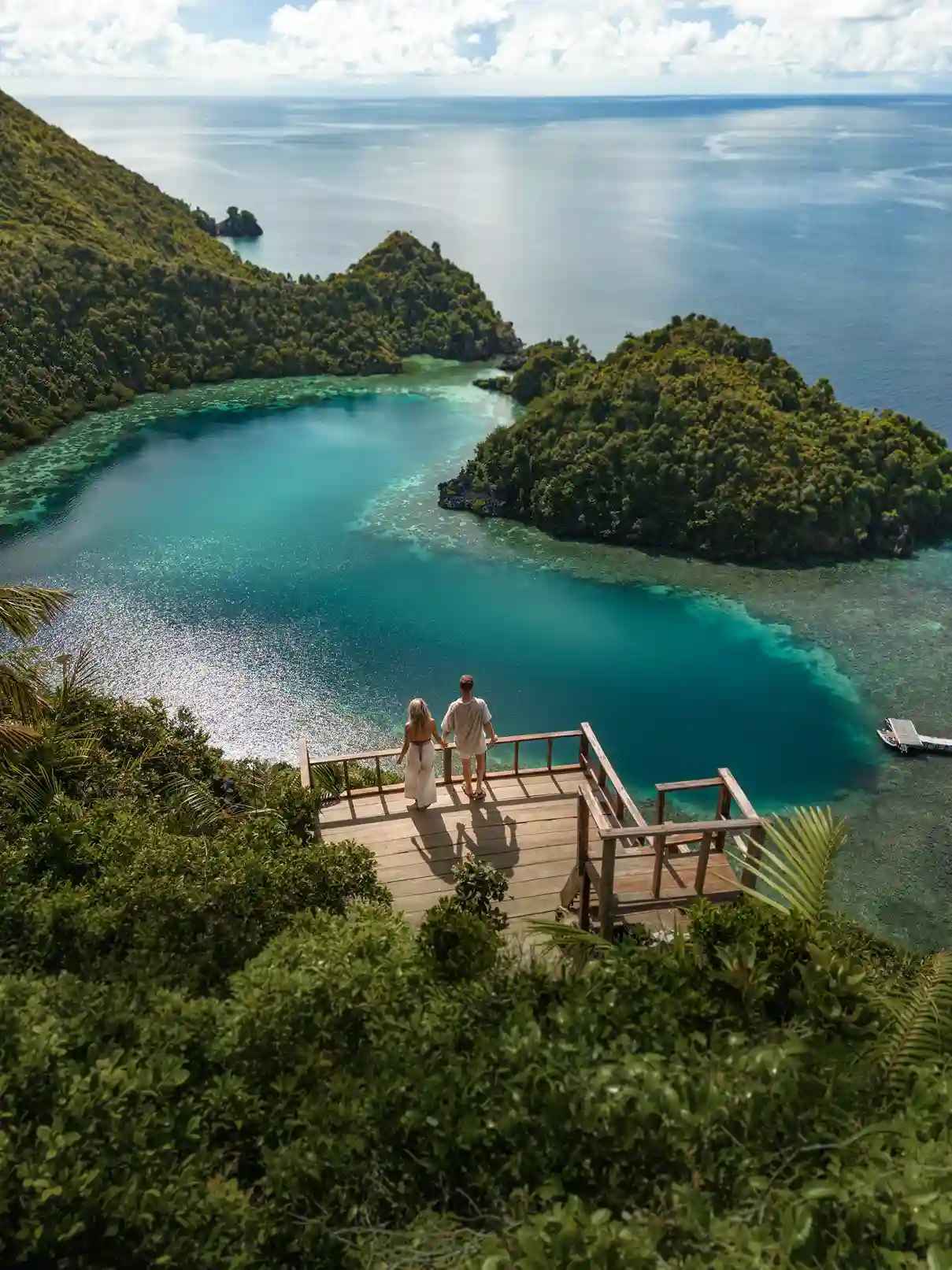Every country has endemic animals that live in specific geographical areas and are found nowhere else in the world. One of the many endemic animals in the world is the beloved panda in China and the resilient Komodo dragon in Indonesia.
These animals have different characteristics and habitats. Getting to know these two very different animals will be an exciting experience. Find out about their habitats, conservation efforts, and where to see them before you go.
Pandas in China
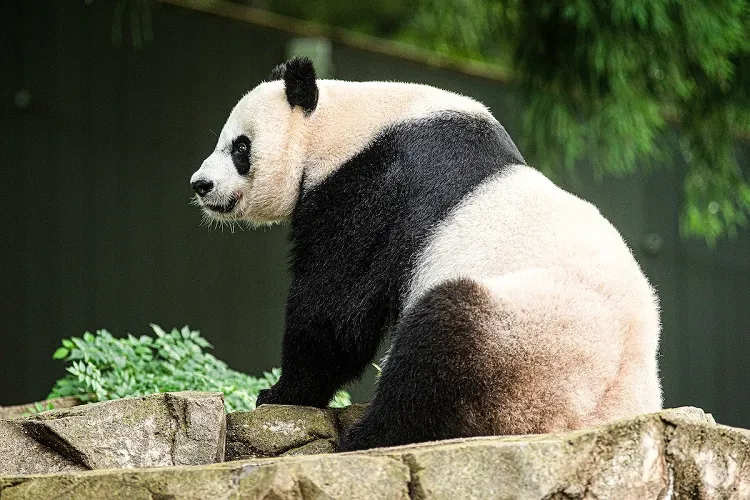
Pandas, with their iconic black and white fur and gentle demeanor, are a symbol of wildlife conservation and cultural pride in China. These magnificent creatures are mostly found in the mountainous regions of Sichuan, Shaanxi, and Gansu provinces.
Pandas are known for their unique diet, which consists almost entirely of bamboo, which makes up over 99% of their daily intake. Despite being classified as carnivores, pandas have adapted to a bamboo-centric diet, supplemented occasionally by small animals and plants.
Why Are Pandas Only Found in China
The unique geographical and climatic conditions of China make pandas an endemic species. The dense bamboo forests in the mountainous regions provide the ideal habitat for these animals.
Through millions of years of evolution, pandas have evolved to thrive in this environment. The bamboo forests offer not only food but also the shelter pandas need to thrive. A prime example of how species adapt to their environments over time is the symbiotic relationship between pandas and their habitat.
Why Is China Protecting Pandas

The Chinese government has significantly invested in panda conservation, recognizing its ecological and cultural importance. The panda is considered a national treasure and is crucial in protecting biodiversity. Conservation efforts include establishing over 60 panda reserves, implementing breeding programs, and fostering international collaborations.
The wild panda population has increased as a result of these initiatives. The International Union for Conservation of Nature (IUCN) has reclassified the panda from “endangered” to “vulnerable,” reflecting the positive impact of these efforts.
Are Pandas Allowed Out of China
Pandas are allowed out of China under strict regulations through a practice known as “panda diplomacy.” China loans pandas to zoos around the world as a symbol of goodwill and to promote conservation research.
As part of these agreements, pandas are often provided with the best possible care and scientific knowledge. Importantly, any offspring born abroad are the property of China and must be returned to their homeland after a certain period.
The Best Place to See Pandas
For those eager to see pandas in their natural habitat, the Sichuan province is the place to go. The Chengdu Research Base of Giant Panda Breeding is one of the most renowned facilities, offering visitors a chance to observe pandas up close and learn about conservation efforts.
Other notable locations include the Wolong National Nature Reserve and the Bifengxia Panda Base. These sites provide unique opportunities to witness pandas in environments that closely mimic their natural habitats, enhancing the overall visitor experience.
Komodo Dragon in Indonesia
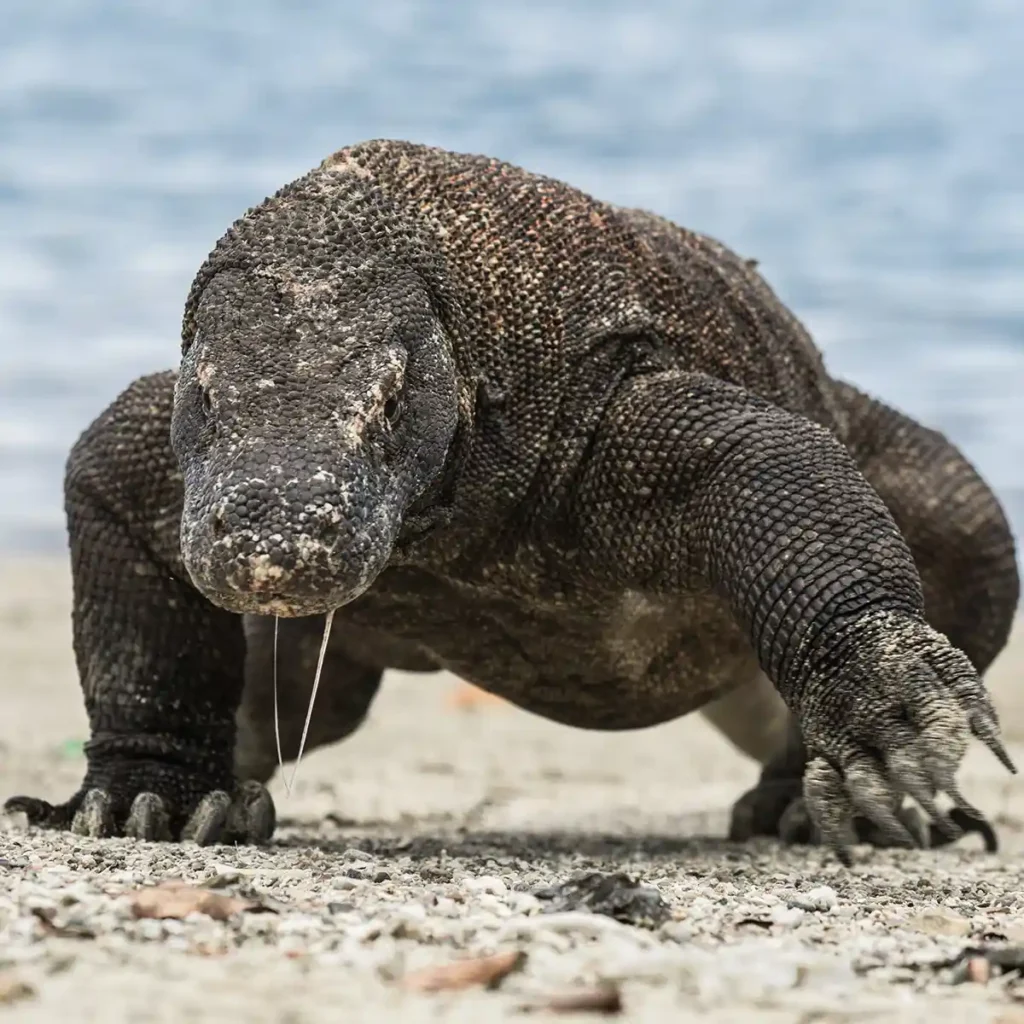
Komodo dragons are the largest living lizards, known for their impressive size and formidable hunting skills. These ancient reptiles can grow up to 3 meters in length and weigh over 70 kilograms. Komodo dragons are found on Komodo, Rinca, Flores, Gili Motang, and Padar islands in Indonesia.
As apex predators, they feed primarily on large prey, such as deer and water buffalo, but they also scavenge carrion. Komodo dragons have a unique method of hunting, using a combination of stealth, strength, and a venomous bite to subdue their prey.
Why Do Komodo Dragons Only Live in Indonesia
Komodo dragons are endemic to Indonesia due to the isolated and unique conditions of its islands. The specific environmental factors, including the climate, vegetation, and availability of prey, have allowed these reptiles to evolve without competition from other large predators.
This isolation has led to the phenomenon known as island gigantism, where species grow larger in the absence of competitors. Komodo dragons are a prime example of how geographic isolation can lead to unique evolutionary developments.
Why Are Komodo Dragons Protected in Indonesia
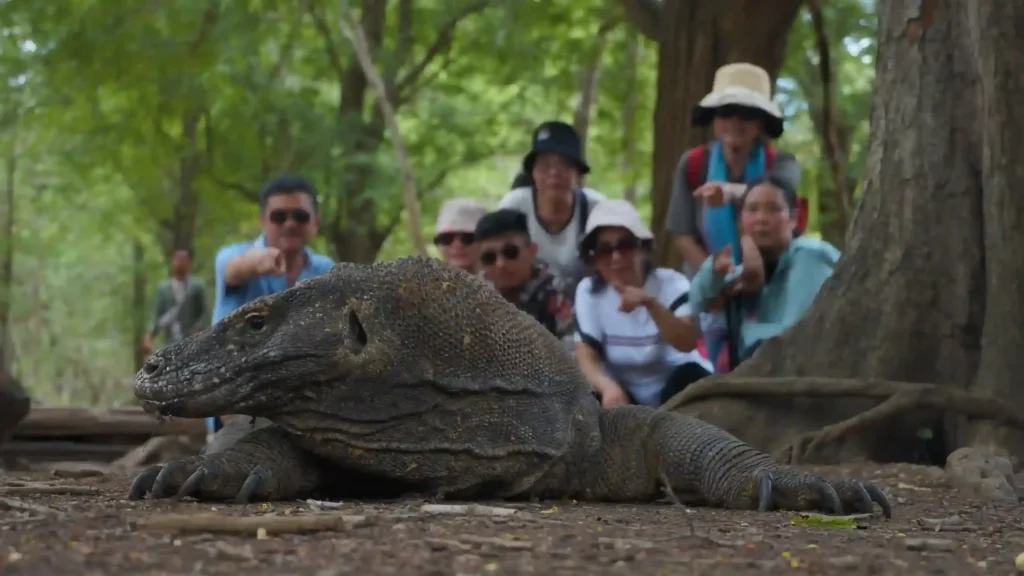
The Komodo dragon is protected due to its vulnerable status and ecological importance. They are an integral part of Indonesia’s natural heritage and contribute to the country’s biodiversity.
Conservation efforts include protecting their habitats within the Komodo National Park, implementing anti-poaching measures, and conducting scientific research. Recognizing the global interest in these creatures, the Indonesian government has designated the Komodo National Park as a UNESCO World Heritage site to ensure the dragons’ habitat remains protected and pristine.
Read more: The Goverment’s and Our Participation How to Save Komodo Dragons
The Best Place to See Komodo Dragons
Komodo National Park, which consists of Komodo Island, Rinca Island, and Gili Motang, is the best place to see Komodo dragons. Guided tours with Komodo rangers provide a safe and informative way to observe these magnificent reptiles in their natural habitat.
The park offers a unique opportunity to experience the rugged beauty of the islands while learning about the biology and behavior of Komodo dragons.
Differences and Unique Experiences: Pandas vs. Komodo Dragons

Pandas and Komodo dragons are vastly different in many aspects. Pandas, with their herbivorous diet and gentle nature, are found in the lush bamboo forests of China. In contrast, Komodo dragons are carnivorous apex predators inhabiting the arid islands of Indonesia. These differences highlight the diverse evolutionary paths and adaptations each species has undergone to thrive in their respective environments.
Seeing pandas in China offers a serene and educational experience. Visitors can watch pandas munching on bamboo, playing, and even see newborn cubs in breeding centers. In contrast, witnessing Komodo dragons in the wild is a thrilling adventure. These powerful reptiles roam freely in their rugged island habitats, and guided tours provide an exhilarating yet safe way to observe them.
| Feature | Komodo Dragon | Giant Panda |
| Diet | Carnivorous (deer, wild boar, buffalo, etc.) | Herbivorous (bamboo) |
| Size | Up to 10 feet, 200 pounds | Up to 6 feet, 220-330 pounds |
| Habitat | Indonesian islands (tropical savannas, forests) | Mountainous bamboo forests in China |
| Hunting Style | Ambush predator, venomous bite | No active hunting; feeds on bamboo |
| Social Structure | Solitary | Mostly solitary but less territorial |
| Aggression | Highly aggressive | Non-aggressive, except in rare defensive cases |
Komodo Dragon vs Giant Panda: Who Would Win in a Fight?

If we were to compare these two in a hypothetical battle, it’s easy to imagine the Komodo dragon would have the upper hand. While pandas are powerful and have strong jaws, they are peaceful animals, more focused on bamboo than combat. On the other hand, the Komodo dragon’s venomous bite and powerful muscles make it a much more dangerous opponent.
However, this comparison isn’t very practical since these animals live in completely different habitats and have very different lifestyles. The giant panda, being a herbivore, would have little reason to fight, whereas the Komodo dragon is always on the hunt for its next meal.
Conclusion
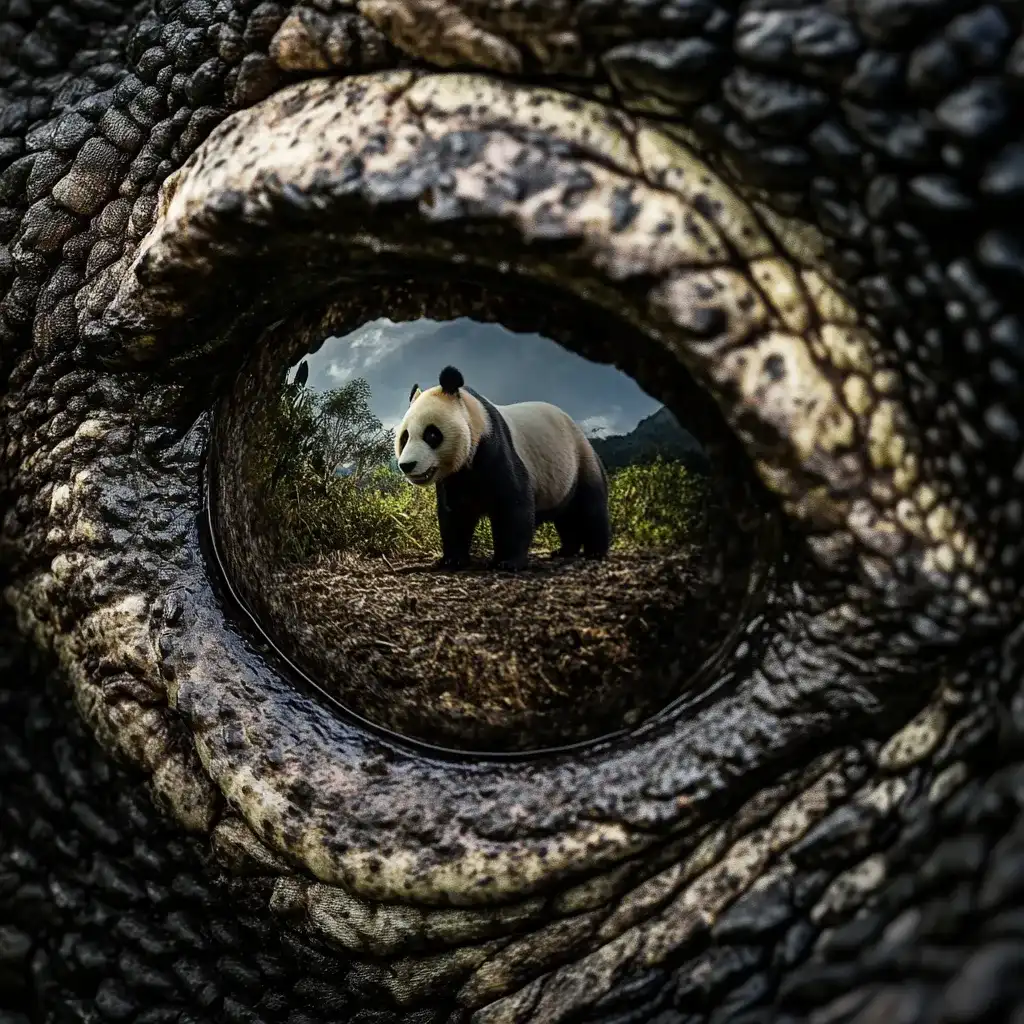
In conclusion, pandas and Komodo dragons represent two of the world’s most unique and fascinating wildlife experiences. From the serene bamboo forests of China to the rugged islands of Indonesia, these creatures offer insights into the incredible diversity of life on our planet.
In a battle between the Komodo dragon and the giant panda, the Komodo dragon’s carnivorous nature, venomous bite, and predatory instincts would likely give it the upper hand. The Komodo dragon is a fearsome predator, while the giant panda is one of the world’s most beloved animals, known for its peaceful demeanor and adorable appearance.

If you’re interested in seeing a Komodo dragon in its natural habitat, you can book a Komodo Island Tour Package by Komodo Luxury, where you can witness these incredible reptiles up close!
Read more: Best Place to See Komodo Dragons








